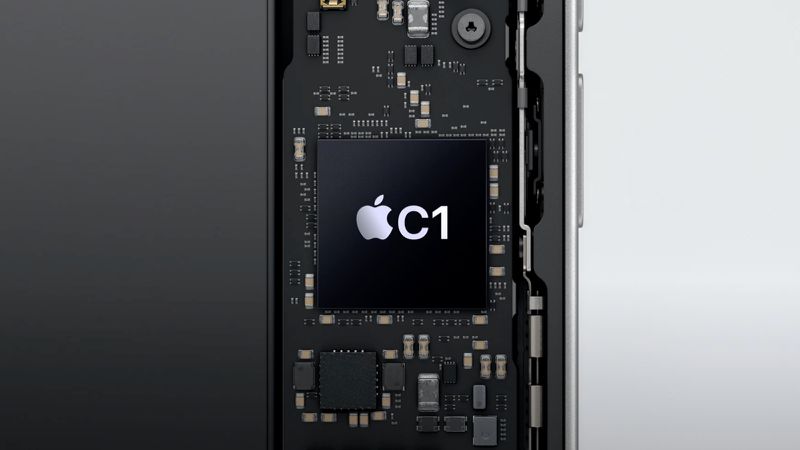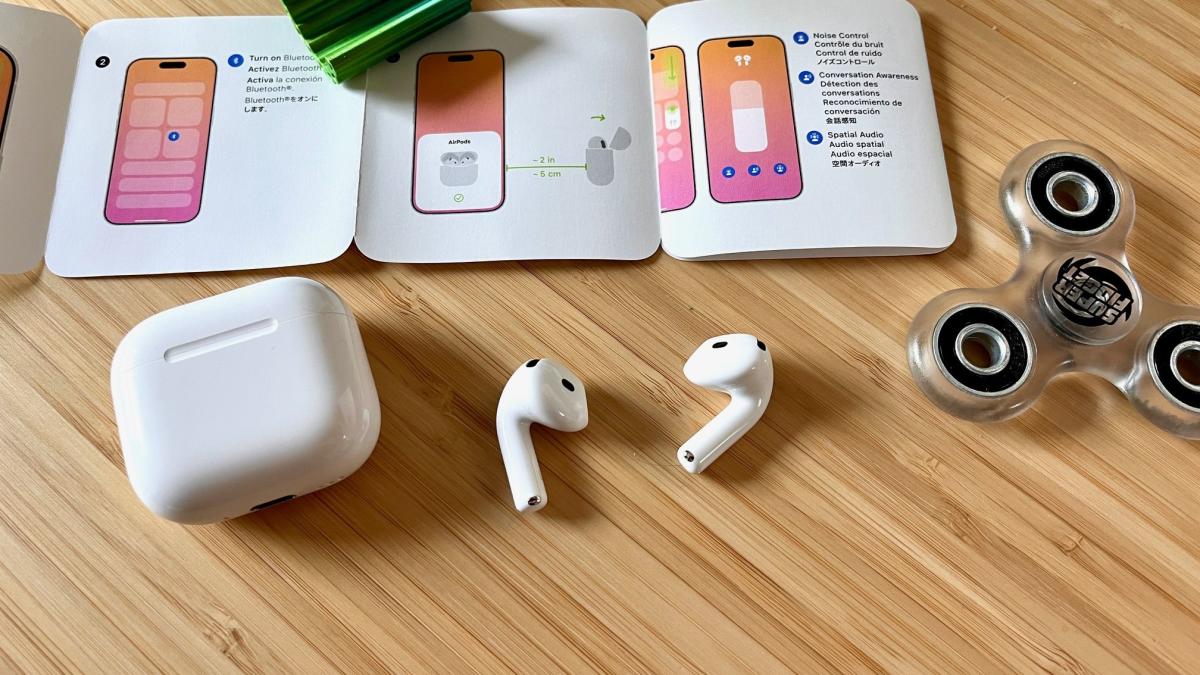Apple’s upcoming iPhone 17 Air is set to impress with its super-thin and lightweight look. However, this sleek design comes with a few trade-offs. Rumors suggest that this phone will miss out on three features many iPhone fans are used to: a bottom speaker, an ultra-wide camera, and a SIM card slot in some regions.
Single Speaker Setup
Last year, The Information shared that the iPhone 17 Air will likely have just one speaker, built into the earpiece at the top. Recent 3D images of the phone seem to back this up, showing only a few small openings at the bottom—probably for microphones, not a speaker.
Camera Changes
Similar to the iPhone 16e, the iPhone 17 Air is expected to come with a single 48-megapixel rear camera. This main camera will handle regular 1× shots and offer a 2× zoom that feels almost as good as optical quality. However, it won’t have the Ultra Wide camera for those wide 0.5× shots. The good news? Skipping this extra lens could mean more room inside for a bigger battery.
No More SIM Slot
Apple began dropping the physical SIM card slot in the U.S. starting with the iPhone 14 in 2022, switching to digital eSIMs instead. The iPhone 17 Air is expected to follow this trend in the U.S., and it might go even further. According to The Information, Apple could remove the SIM slot in more countries this year, meaning the iPhone 17 Air may rely on eSIMs worldwide.
In short, the iPhone 17 Air’s slim design looks exciting, but it means letting go of a few familiar features. Fans of loudspeakers, ultra-wide photos, or physical SIM cards might need to adjust to these changes. Still, the trade-offs could pave the way for a fresh, lightweight iPhone experience.







